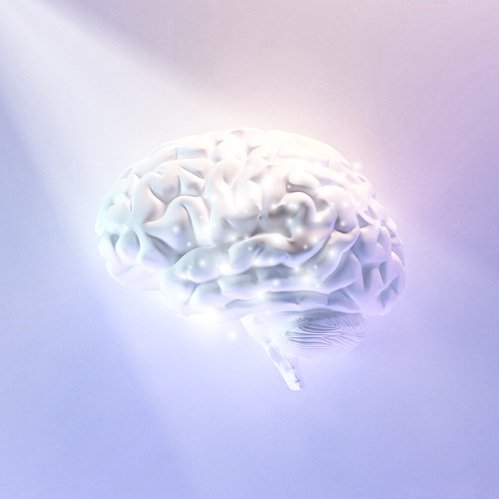
EMDR Protocol for Grief
Would you like to strengthen your connection with your deceased loved one? You might be interested to know that there is a specific EMDR protocol that honors continuing bonds after death while decreasing the distress that accompanies grief. It is especially helpful for those that have experienced a traumatic loss. It is unlike traditional talk or grief counseling. The IADC protocol feels much more experiential and spontaneous. When the grief-related distress diminishes, clients generally experience a state of calmness, openness, and receptivity.

Grief: I just want to be with him
Many people that are grieving experience deep yearning. In its most basic definition, yearning can be defined as a grief response in which one strongly desires to be the person that is deceased.

Your Brain on Grief
Our brains undergo some profound changes after a devastating loss. Your brain has a painful problem to solve. When your loved one was alive, your brain created a special kind of map for that person. And a lot of time and energy was used to create this map. It really struggles to navigate the new reality of loss and transform the relationship.
